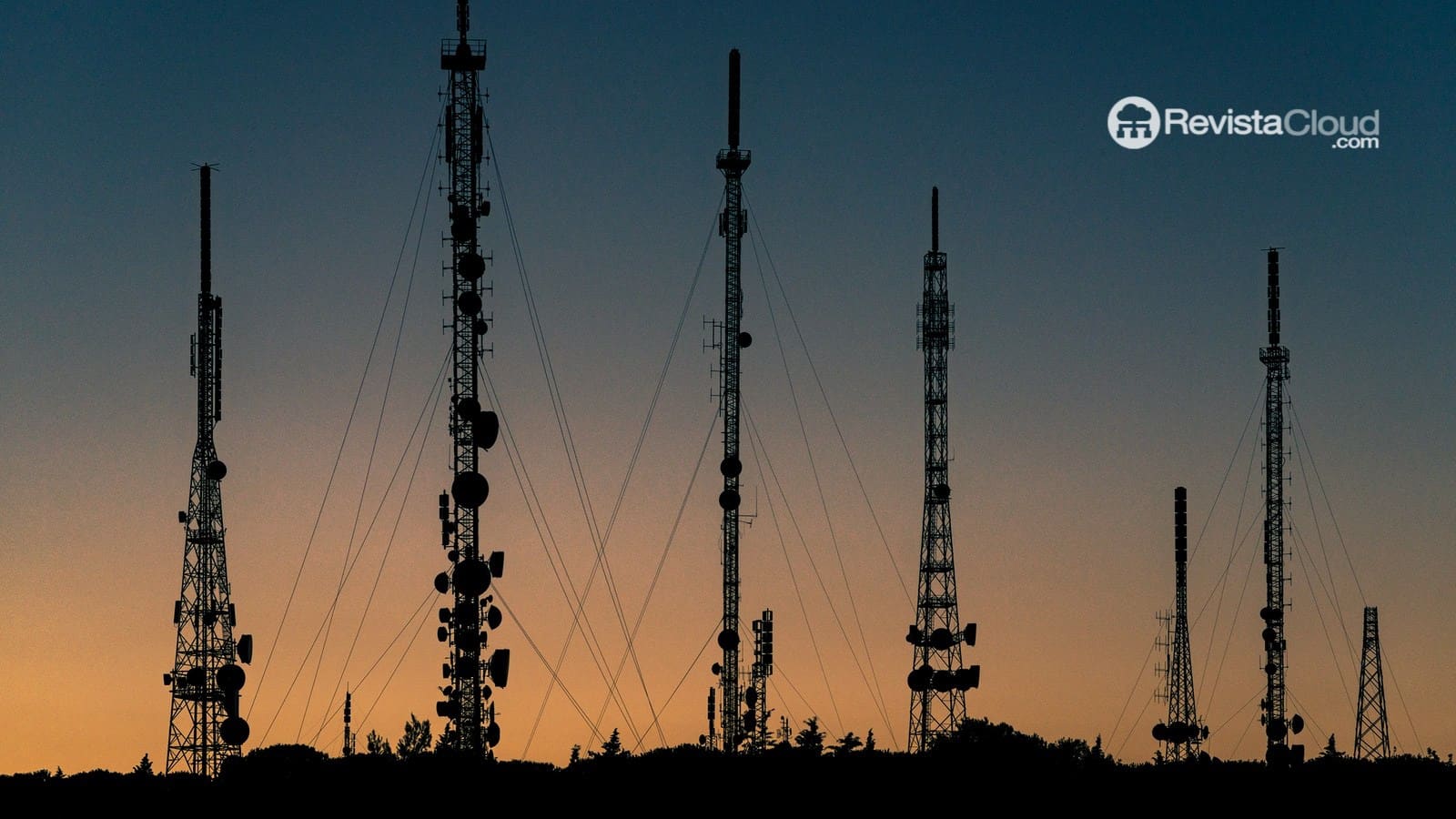Telecommunications companies face a challenging future, characterized by the commoditization of their services, revenue pressures, and the constant need for investment in infrastructure. However, the sector is expected to continue growing at a rate of 2.9% annually until 2028, driven by an increase in customers and the development of technologies such as 5G, Fixed Wireless Access (FWA), and the Internet of Things (IoT), according to the Global Telecom Outlook report by PwC presented at the World Mobile Congress.
Moderate but Uneven Growth
The report indicates that despite a growth rate of 4.3% in 2023, with revenues of $1.1 trillion, the telecommunications industry will face a slowdown, with an increase of 2.9% annually until 2028, which is lower than inflation.
This growth will be uneven depending on services and markets:
- Broadband: Annual growth of 3.8%.
- Mobile Services: Annual increase of 4.8%.
- Voice Services: Decline of 1.8% annually due to the transition to messaging and VoIP.
Regionally, emerging markets such as India (17.2%), Nigeria (9.2%), and Malaysia (9%) will lead growth. In contrast, in Spain, fixed-line revenue will grow by only 0.3% to $6.5 billion by 2028, while mobile services revenue will increase by 1.5% to $12.4 billion.
5G and the Resurgence of Mobile Investment
Despite its slow adoption, 5G is expected to experience exponential growth, with subscriptions rising from 1.79 billion in 2023 to 7.51 billion in 2028, representing 64% of mobile lines.
Additionally, Fixed Wireless Access (FWA) will be the fastest-growing broadband technology, with a cumulative growth rate of 18.3% annually, although by 2028 it will only account for 6% of broadband subscriptions. This development will be key in the U.S., China, India, Australia, and South Africa, where it will serve as an alternative to fiber optic in rural and expansive areas.
In terms of investment, the sector’s capex is expected to increase by 2.4% annually between 2024 and 2028. In the initial phase, growth will be driven by fiber optic expansion, followed by the arrival of 6G and the resurgence of investment in mobile networks.
AI and IoT: Keys to the Sector’s Future
The Internet of Things (IoT) is emerging as a strategic opportunity for telecommunications companies, driven by the adoption of smart vehicles and digital mobility. IoT revenue in the automotive sector is expected to double between 2023 and 2028, reaching $34.1 billion, with an annual growth rate of 15.8%.
On the other hand,
Conclusion: Where are Telecommunications Companies Heading?
Operators face a future of tight margins, strong competition, and regulatory challenges. To maintain profitability, the sector will need to:
- Optimize its residential business with AI to reduce costs and improve service personalization.
- Embrace B2B as a growth niche, offering advanced solutions to businesses.
- Monetize 5G and expand services like FWA and IoT.
- Ensure a transition to 6G with strategic investments in infrastructure.
The telecommunications sector must not only evolve but reinvent itself, integrating new technologies to continue being a key pillar of the digital economy.
via: MSN Expansión

